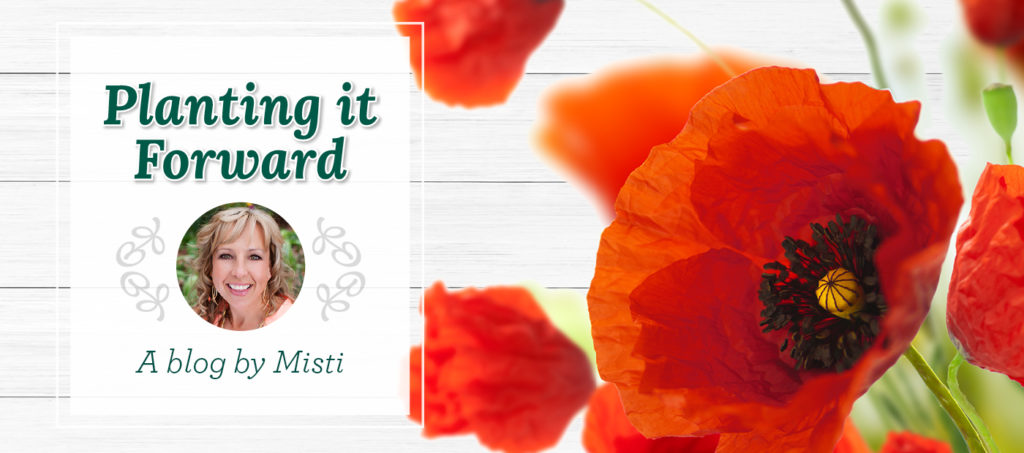
In the early spring, you’ll see beautiful displays of tulips, daffodils, irises and crocus dotting the landscapes around town. These bulb-based plants are the promise of the beautiful growing season to come, the first flowers after the chill and gray of winter.
But to enjoy this future beauty, you’ve got to plant them now.
Spring bulbs are a fantastic option for Flagstaff gardeners, because they need the cold weather of winter to bloom. And they are pretty good sports about the occasional frost (or even late season snow) after they bloom.
And when it comes to bang-for-your-buck, you cannot beat bulbs. For a very modest investment, you’ll get a plant that gets bigger and produces more blooms in the years to come.
Here in Flagstaff, late September to late October is the perfect time to plant spring bulbs for optimum spring color. Here’s our guide to giving your spring bulbs a boost now to ensure gorgeous blooms next year.
Planting
Spring blooming bulbs need well-drained soil and at least partial sun to bloom their best. If you live in an area of Flagstaff where clay is prevalent, amend your soil to a depth of about 12 inches to create a loose, well-drained soil texture. When planting, place the bulb facing upward in a hole about twice as deep as the bulb is tall, measured from the bottom on the bulb. (The top of the bulb is the pointed side, called the nose, and the flat side is the bottom, referred to as the root plate.)
Fertilize
Your spring blooming bulbs will need to be fertilized when planted with bone meal or phosphate, both of which are high in phosphorous. Either one can be added to the bottom of the hole and mixed with a small scoop of mulch before placing the bulb and filling up the hole. (Pro tip: Top dressing with fertilizer after planting will not have the same positive effects, however you might want to sprinkle a bit on top to ward off pesky animals looking to make a meal out of your freshly planted bulbs.)
Watering
Give your newly planted bulbs a good soaking right after planting. If we receive at least two inches of snow every ten days, your bulbs won’t need additional watering. When the shoots start to appear in spring, start watering bulbs about once a week with a nice deep soaking, but take care not to overwater as this can cause bulb rot.
Spring Fertilizing
As soon as you see growth on your bulbs in the spring, fertilize the area monthly until the bulbs flower. After the bulbs begin to flower, just stop and enjoy the show.
Maintenance
After your bulbs’ flowers fade, you can be left with the leaves which many consider messy and unattractive. Resist the temptation to cut them off. They are necessary for the plant to photosynthesize and produce the stored energy needed for the following year.
One easy solution to hiding the mess is to layer planting beds so that the remaining bulb foliage is hidden by emerging spring perennials. Another solution is to trim back the flower stems and leave the foliage as a green accent. Once that foliage has turned yellow or brown and died back, it can be removed.
Our days are still warm and it is still a great time to be outside. Enjoy the weather and add a beautiful spring accent to your garden by planting bulbs such as tulips, daffodils, crocus and irises now. You will be glad you did next spring!
If you have any questions about bulbs – or any other gardening issues – please feel free to ask our experts here at Warner’s Nursery. We are happy to help.
Happy Gardening,
Misti Warner-Andersen